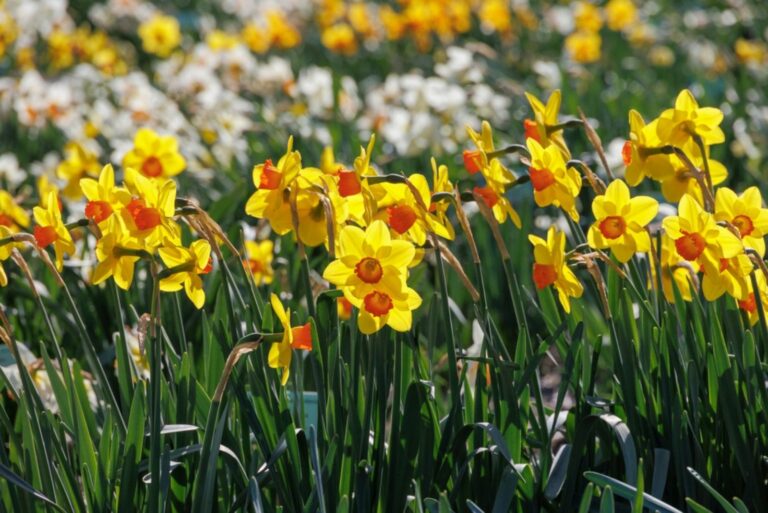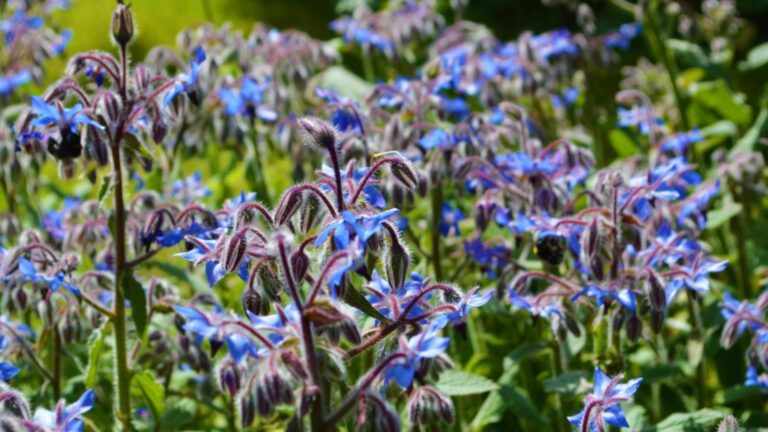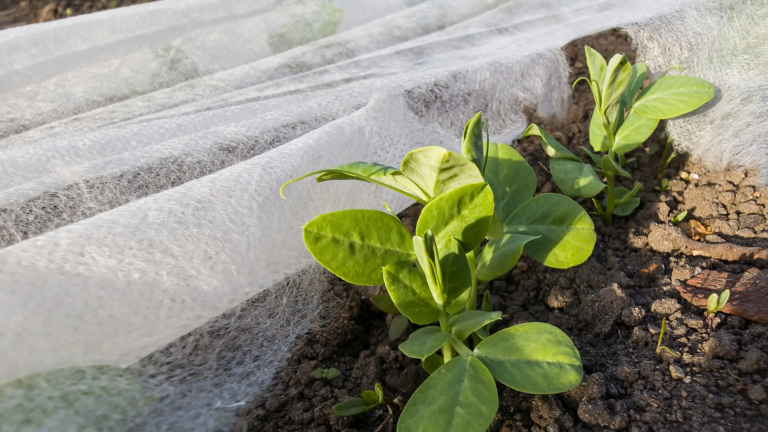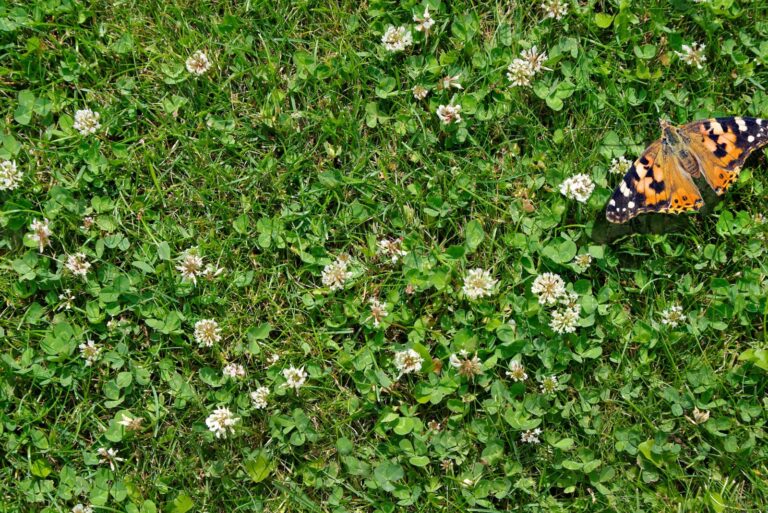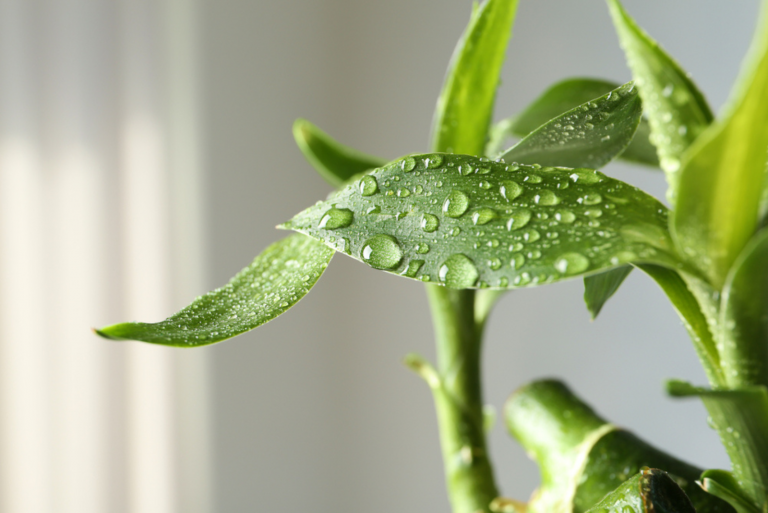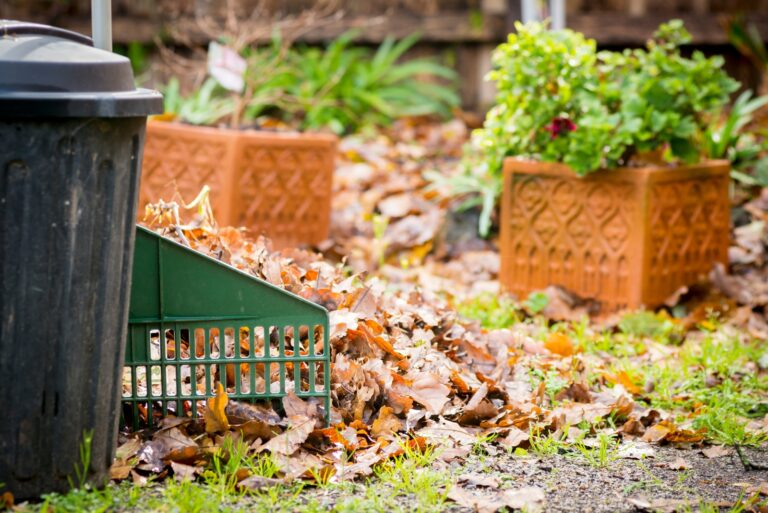10 Proven Gardening Tips From A Veteran Green Thumb That Every Gardener Should Know
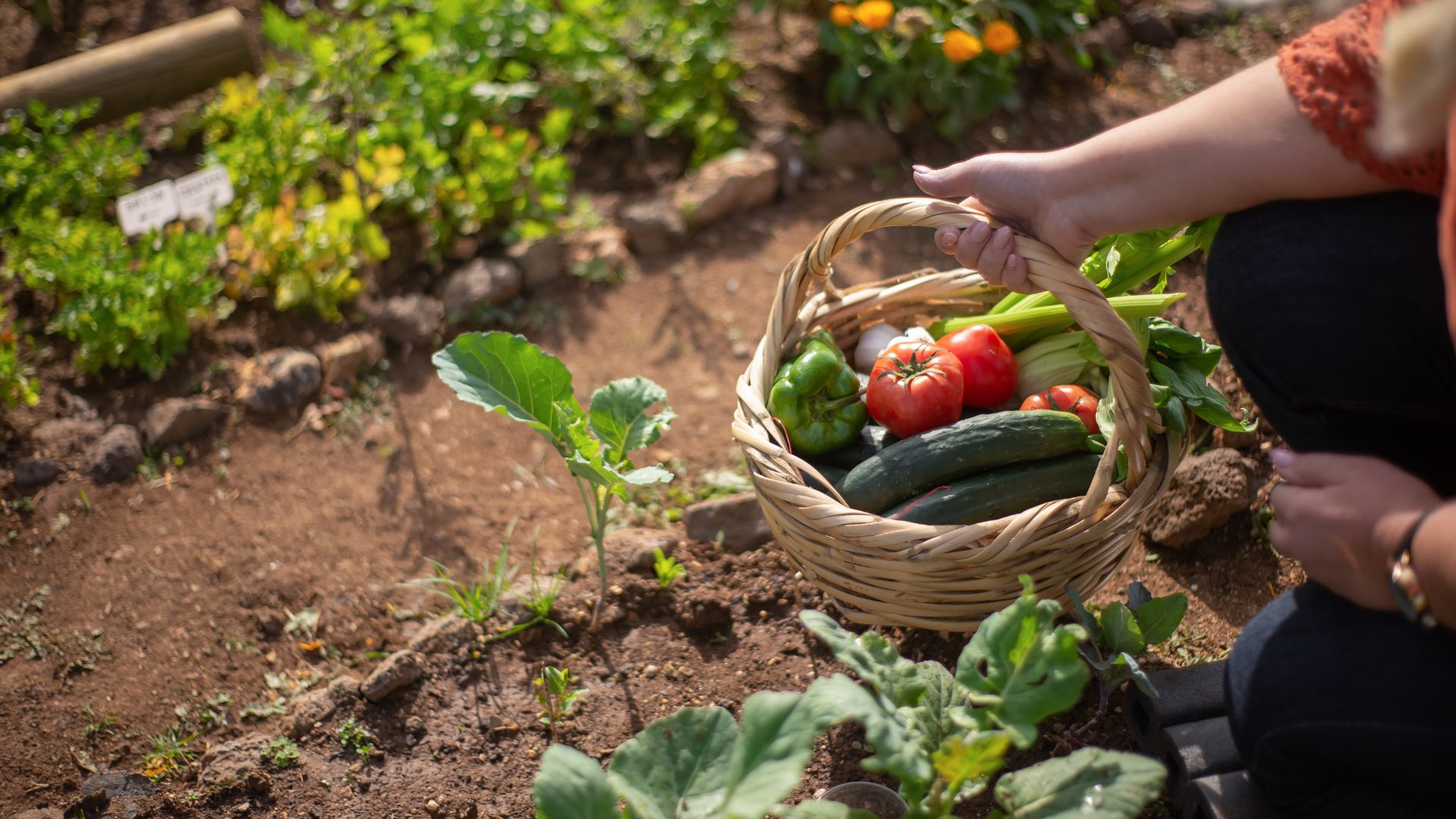
Ever wondered how old-timers keep their gardens looking so amazing? I’ve got a secret: it’s all about those tried-and-true tricks passed down through the years.
As someone who’s had their hands in the dirt for a while now, I can tell you there’s a lot to learn from experienced gardeners.
When I first started gardening, I was all about the fancy gadgets and new techniques. But as it turns out, most of them were a waste of time and money. It wasn’t until I had a chat with my neighbor, Mr. Green Thumb (yes, that’s what we call him), that I discovered the true magic lies in simple, old-school methods.
Mr. Green Thumb has shared his wisdom with me over countless cups of coffee. From composting secrets to pest control hacks, these tips helped me completely transform my garden (now Mr. Green Thumb is asking ME for some tips!).
No worries, I’ll gladly share these helpful tricks with you so you can pass them on to other gardener newbies out there!
1. Start Small And Local
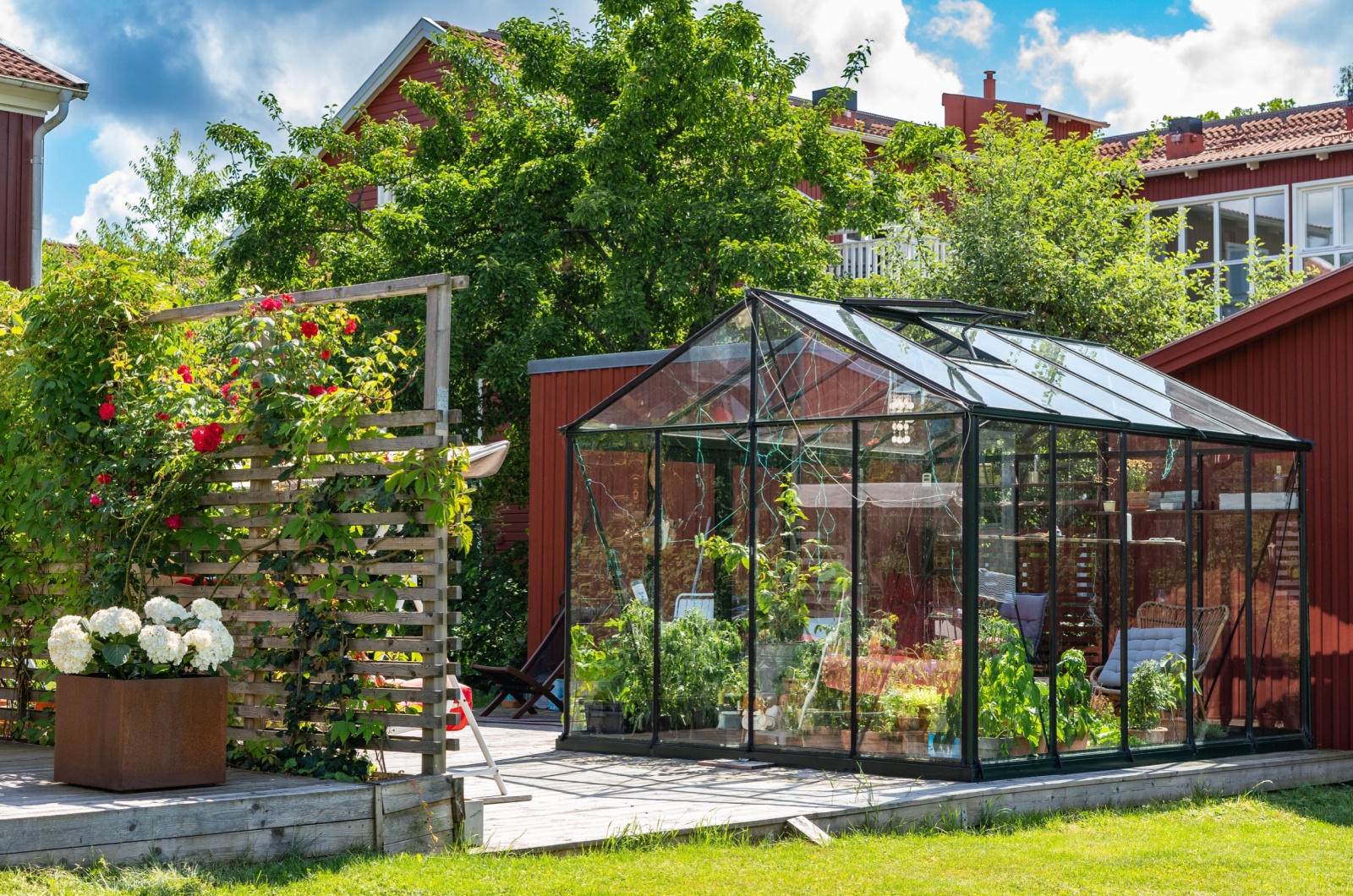
One of the first pieces of advice I got from my neighbor was to not try and grow everything I found at the plant store. I honestly thought you could grow any type of plant in the garden, which resulted in a chaotic mess of mismatched plants that didn’t really thrive.
So, what I did instead was focus on a themed garden – like a salsa garden or a stir fry garden to begin with. This way, you’re growing plants that complement each other and are easier to manage.
For example, my salsa garden now has tomatoes, peppers, onions, and cilantro. Not only does it look neat and organized, but it also makes harvest time more exciting because I know exactly what delicious dish I’m going to prepare!
2. Grow Upwards

Use fences, string, and cages – whatever it takes to get the plants off the ground. This not only saves space but also helps to deter pests and improve air circulation, reducing the risk of diseases.
I once tried to grow my cucumber plants sprawling on the ground and it didn’t turn out well (the bugs were literally everywhere!). Now, with a simple trellis, they’re healthier and produce more fruit.
Related: If You Grow Cucumbers, Avoid This Trellis Mistake At All Costs
3. Support Your Tomatoes
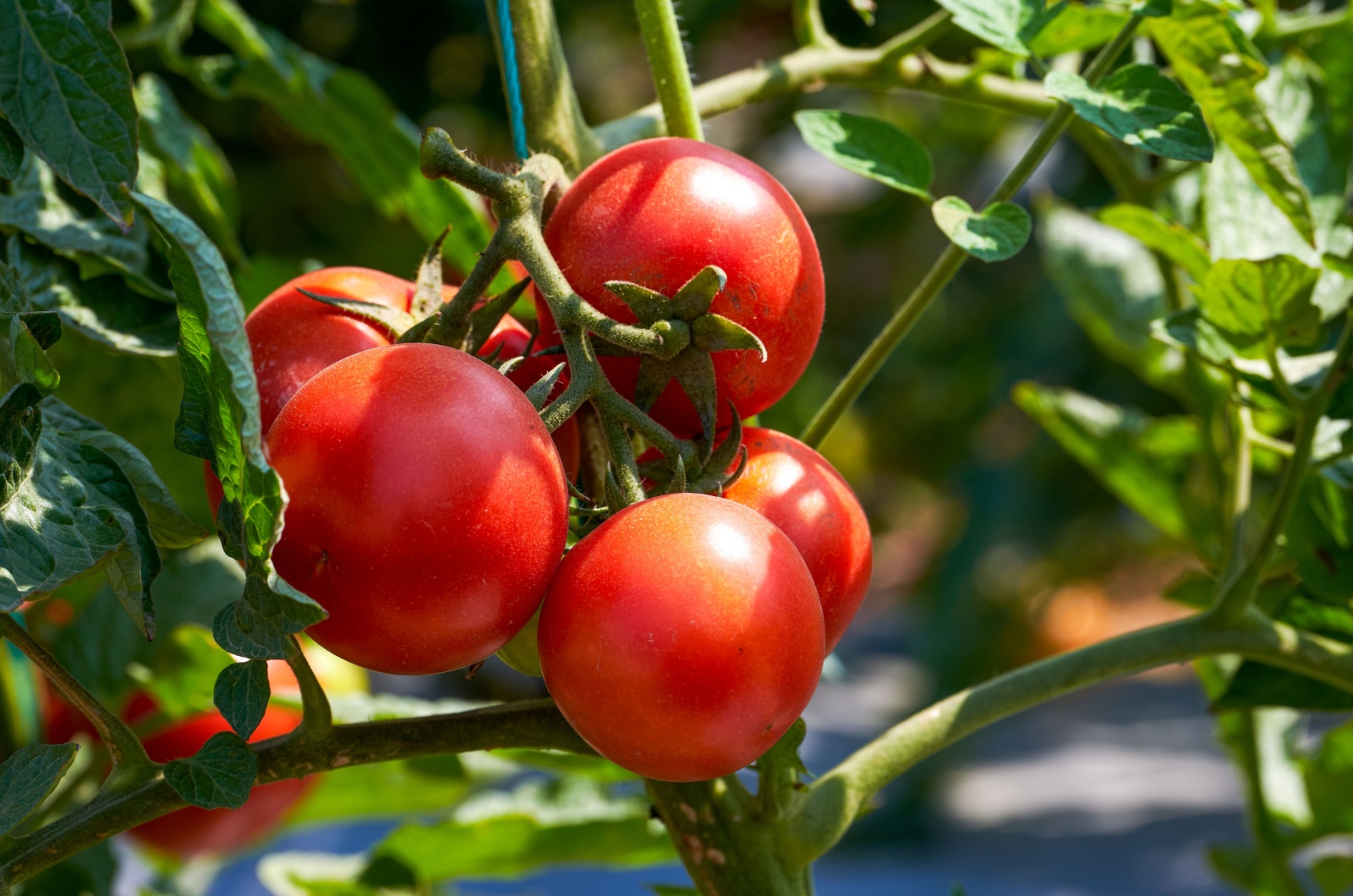
Tomatoes can be a bit tricky because they love to sprawl and can get quite heavy (and it’s not even the holiday season!).
Experienced gardeners all suggest using large cages for tomatoes and securing them with large stakes like studded T-posts to keep them from falling over.
Related: 8 Simple Strategies To Get More Tomatoes And Boost Your Harvest
4. Peppers Need Love Too

Peppers might not get as tall as tomatoes, but they still need support.
Use small cages for your pepper plants and secure them with small stakes, like those used for electric fences. This helps keep them upright and makes harvesting easier.
I learned this after my pepper plants kept toppling over, looking like they’d had a few too many…
5. Make The Most Of Your Space
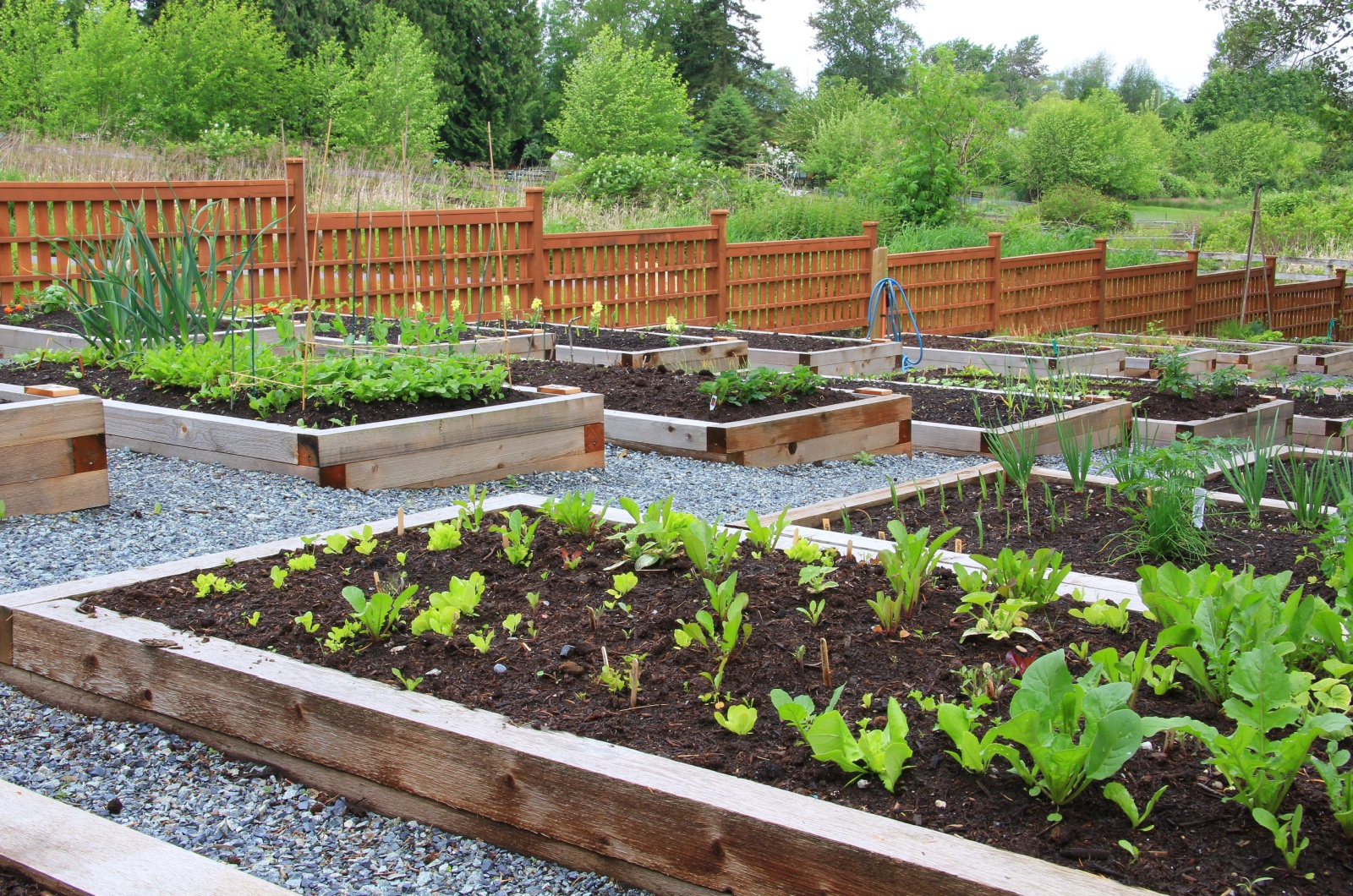
Planting a really early spring garden with lettuce, radishes, set onions, spinach, etc., is a great way to make the most of your garden space.
Plant these crops in an area that will later be taken over by a larger plant like squash (you get to have a little bonus harvest before the main crops take over).
Related: Spring Garden Prep Essentials In 10 Simple Steps
6. But Don’t Overcrowd Your Plants

It’s better to get less of something that is larger and healthier than more of something that can’t fully develop (less is more, remember that!).
Space your plants appropriately, even more than suggested if you can. Overcrowding can lead to competition for nutrients, water, and sunlight, resulting in weaker plants.
I used to plant everything too close together, thinking I’d get more produce. Instead, I got a bunch of small, unhappy plants that were suffocating. So, giving your plants some space can make a huge difference, especially if you are growing them in a smaller garden.
7. Weeding Your Garden Is Crucial
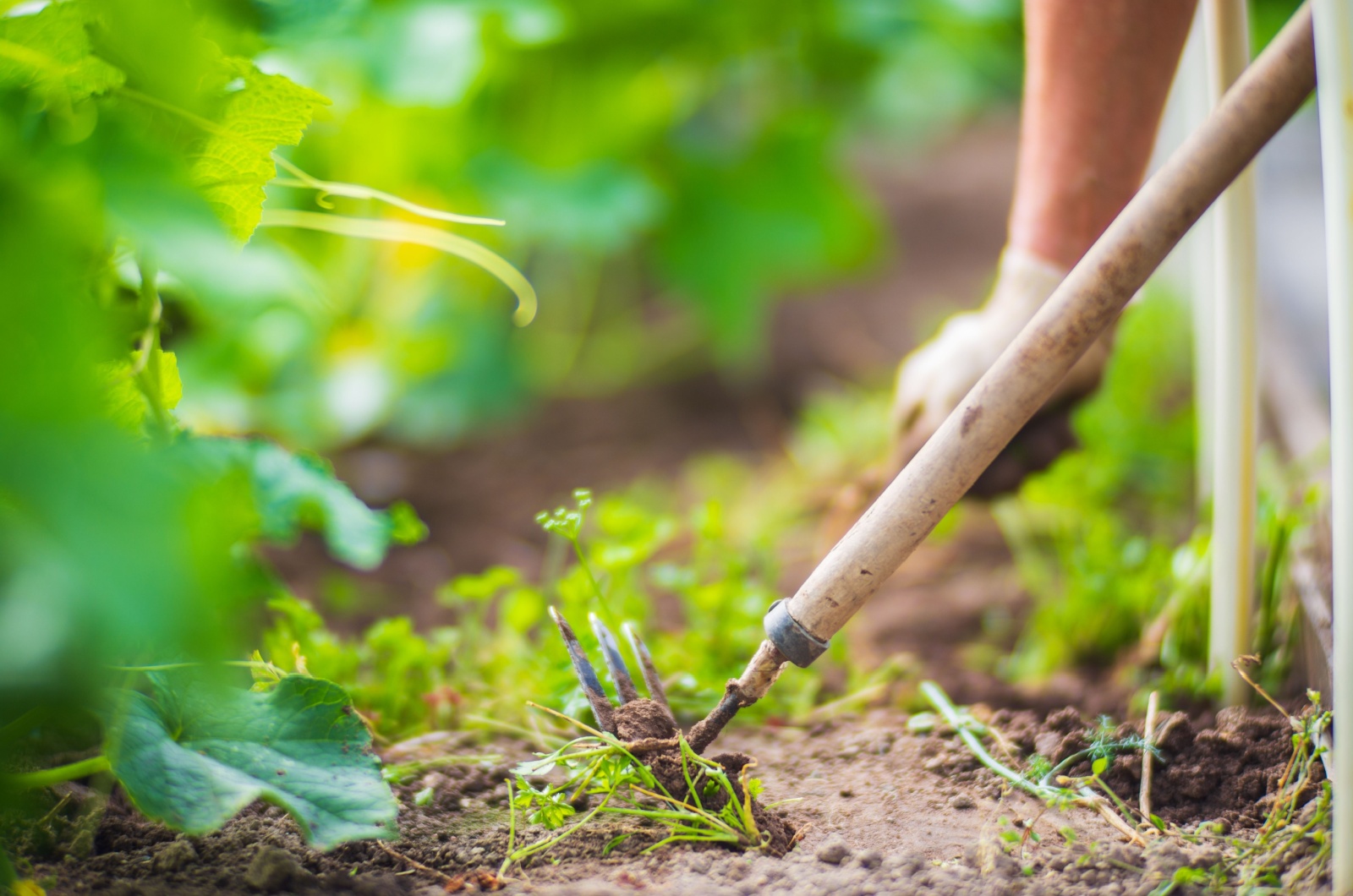
Don’t forget to weed your garden regularly or else they’ll quickly take over and rob your plants of nutrients and water.
I made it a habit to check my garden for weeds at least once a week (I won’t let my garden turn into a jungle again!).
This might be helpful: 6 Weed Control Tips You Need To Banish Weeds From Your Garden For Good
8. Don’t Let Plants Drop Seeds

Don’t let your plants (including weeds) drop their seeds in the garden. These will become a problem for years to come (trust me, you don’t want to deal with this).
Removing faded flowers and seed pods can prevent unwanted plants from sprouting next season.
9. Plant A Fall Crop To Extend Your Harvest
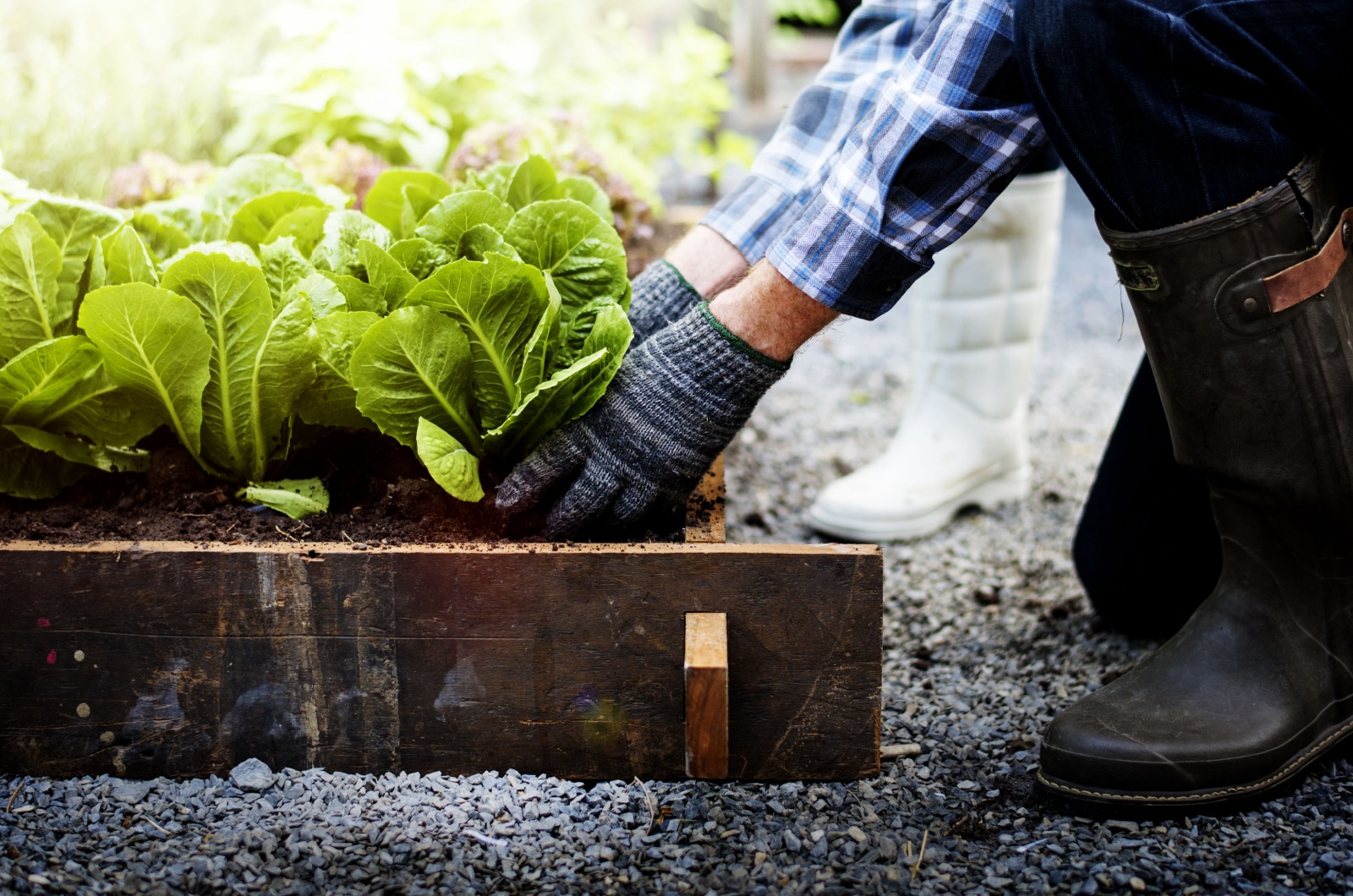
Consider planting a fall crop of lettuce, spinach, beets, or other cool-season vegetables to use the space from early-ending plants.
This way, you can extend the growing season and enjoy fresh crops even when the weather cools down.
My fall lettuce and spinach are some of my favorite crops! They always grow abundant and are super tasty (while the rest of the plants wither and die).
Also read: 16 Flowers To Sow In Fall For A Colorful Garden
10. Feed Your Plants The Right Way

Consider replacing the soil right under your larger plants.
I often dig a hole, add some 10-10-10 fertilizer and a couple of shovels of compost, and then plant my tomatoes and peppers – this gives them a nutrient boost right where they need it most.
Now, my vegies grow bigger and produce more fruits, which makes me feel like a proud plant parent!
We have a lot to learn about gardening from our elder green thumbs. If it weren’t for my neighbor, my garden would probably look like a hot mess right now.
Don’t be afraid to ask them for advice and always do your research before growing specific plants!

